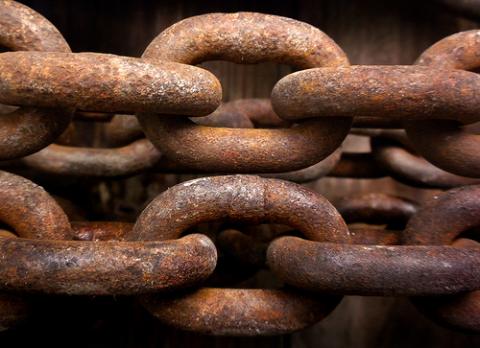What exactly are we supposed to spend?

While the Minister for Finance calls on us to spend more, his colleague Richard Bruton is trying to cut the wages of those who have the highest propensity to spend. The Government had better to to work on some joined-up thinking, writes Michael Taft.
There is something a little unsettling about the Minister for Finance’s exhortation that we all go out and spend; namely, that the analysis he has received from his advisors is so wide of the mark that it makes a mockery of his plea.
On the surface, there would appear to be a lot of money to spend if only people would get that confidence-mojo happening. Proponents of this view point to the extraordinarily high level of ‘savings’. If we believe the headline rates, we are ‘saving’ approximately 12% of our income – salting it away for fear of what will happen in the future.
Many economists and commentators have queried the reality of this. Seamus Coffey is one such, and he has put some hard numbers on it. His post is important reading. In short, he shows that the high saving rate is no such thing. It is, in reality, a function of two processes:
- Households are no longer borrowing to fund their consumption expenditure (as they did in boom years); and
- Households are paying back the loans they previously used to fund their consumption expenditure.
This explanation is more than plausible when one examines overall deposits, which Seamus does. Household deposits rose slightly after the beginning of the crisis and hves recently has fallen back – which is not something we should expect to see if savings were rising substantially. This reflects people paying down debt, or dipping into savings to pay for day-to-day expenditure which they can no longer afford on reduced income. There are still gaps in official information, but all the indications are that there is not a pot of savings-gold waiting to boost growth, employment and tax revenue.
That the Finance Minister is seemingly unaware of this is troubling. Is the Government banking on something that is unlikely to happen because it just isn’t there? If so, it gets worse.
We can safely assume that future consumer spending will not be credit-based. It will be based, among other things, on rising income, primarily wages. Real wage growth (i.e. after inflation) is expected to be sluggish at best.
- The Government projects that real wages will not start growing until 2014 – and then it will only be 0.1%. Even by 2015, real wage growth will still be below 0.5%.
- The IMF is even more pessimistic – real wages will continue falling even in 2015.
This can be compensated by increasing employment. The Government projects that by 2015 there will be 72,000 more jobs in the economy (over 2010) or an increase of 3.9%. The IMF is more optimistic, projecting 97,000 more jobs, or an increase of 5.3%. Will this be enough to compensate for the fall in real wages? The Government seems to think so – they claim aggregate wages will be rising by twice the level of average wage increases but this all depends on where the jobs are created.
But there are further obstacles.
- Taxes will be rising. This will erode people’s take-home pay.
- Interest rate rises will have the same effect for the consumer market.
- What of households with teenagers and elderly relatives – tuition fees and health care costs may be rising.
- With people having less confidence in their pension fund provisions, we should expect more savings for old age, over and above contributions to pension funds.
- If social welfare rates do not rise at least with prices, hundreds of thousands will face falling real incomes.
- And let’s not forget the ongoing deleveraging as households try to reduce their debt levels.
Real wage sluggishness, higher taxation, interest rate rises, uncertainty about social provisions and deleveraging – this doesn’t bode well for a confident consumer market.
And while the Minister for Finance is calling for more spending, his colleague over at Enterprise is busy trying to cut the wages of those who have the highest propensity to spend – workers covered under Joint Labour Committees. What impact will this have? Not a good one, that’s for sure.
The Government is projecting that consumer spending will flat-line next year and even by 2015, won’t even reach a growth rate of 1.5%. If it wants to return to a sustainable consumer spending market, one that is based on rising incomes rather credit, it will have to come up with joined-up policies.
Otherwise, Government ministers will be calling for more consumer spending from people who are slowly going broke.
Image top: arbyreed.
